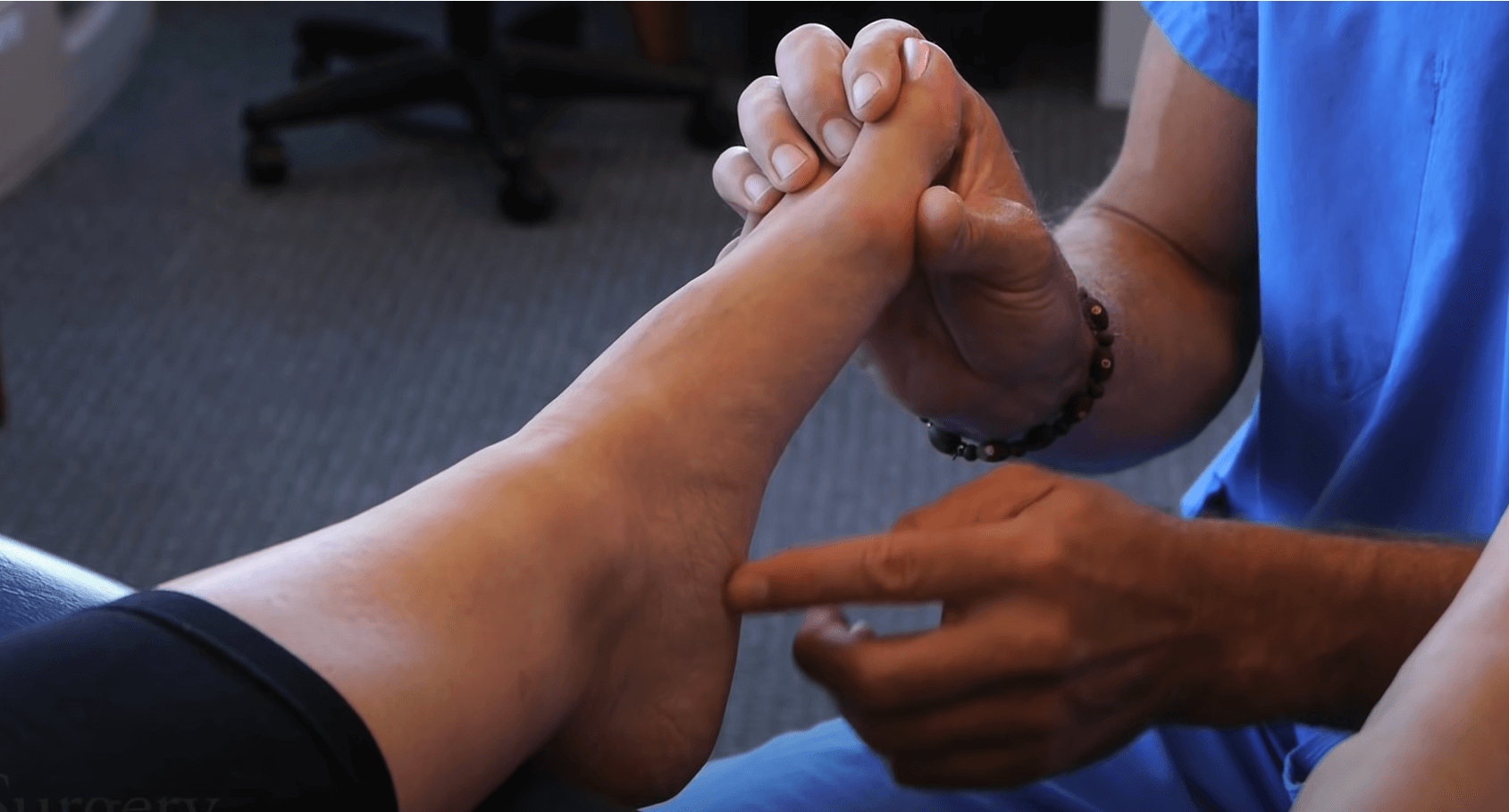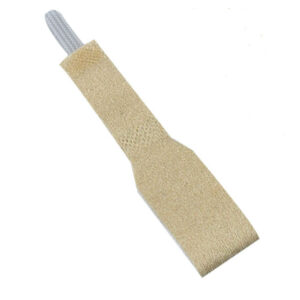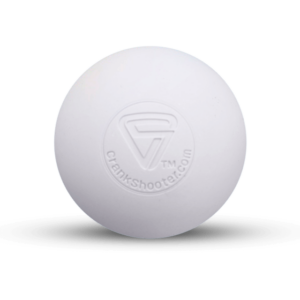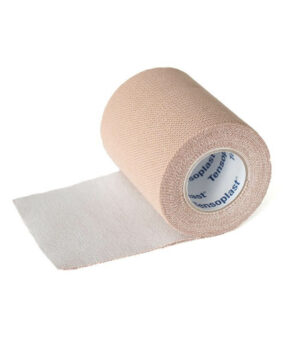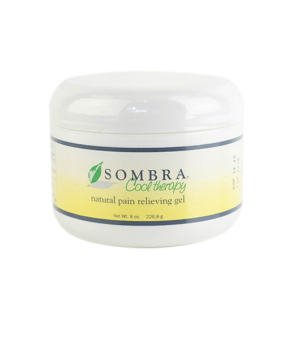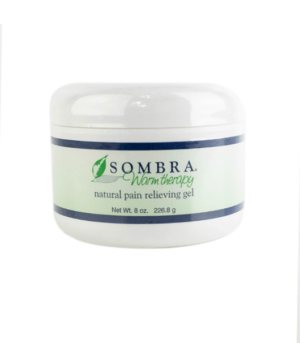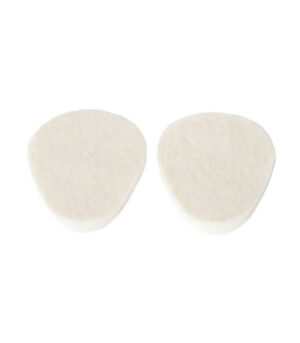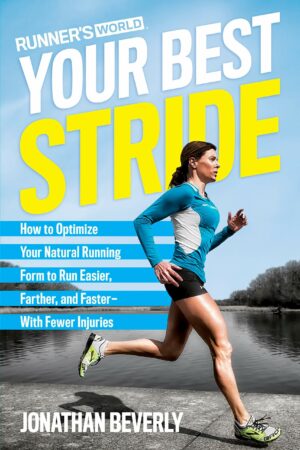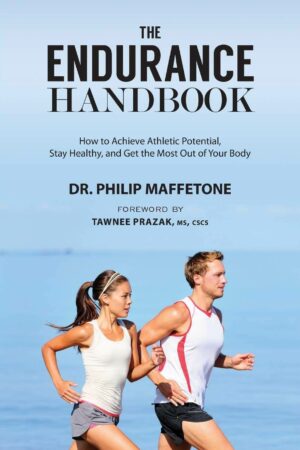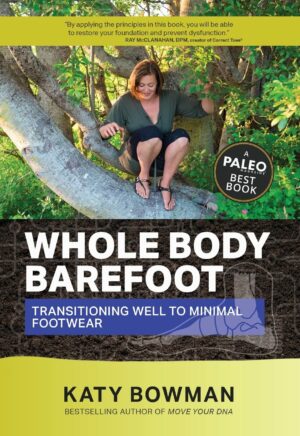When it comes to footwear for our children, are we making “shoddy” choices?
“What shoes are best for my child?” As natural foot care specialists, this is a question we often hear in our office. It’s a question posed by concerned parents who, themselves, are afflicted with foot ailments such as bunions, hammertoes, fungal toenails, and plantar fasciosis. Kids, as you well know, spend a lot of time on their feet, walking, running, and playing. In fact, an active child takes about 20,000 steps per day! Parents often wonder about the best way to protect and support their children’s feet and prevent future musculoskeletal problems.
For adult foot problems, it’s usually possible to treat existing ailments without surgeries, medication, and injections, though, unfortunately, this approach is not often practiced in mainstream medicine. A more natural treatment approach to common foot problems involves understanding and respecting the inherent integrity of the foot and the physiology of weight-bearing movement. Your foot is naturally and brilliantly designed for optimal standing and locomotion if it is allowed to function the way nature intended. Conventional footwear actually hinders your natural foot structure and function, and, over time, this can cause many problems in your feet and the rest of your body’s structures. But why is this so?
Notice the shape of a young child’s foot. Which part of the foot is the widest? The ends of the toes, of course! Universally! Now look at an adult’s foot. In almost everyone, the widest part of the foot is at the ball. Why is there such a difference in foot shape between young children and adults? Is it just a normal process of growth and development? The answer is no. Observe the shape of most adult footwear. Notice that the widest part of the shoe is at the ball, and notice how the toe box tapers toward your foot’s midline. The similarity of adult foot shape and shoe shape is not a coincidence. Almost everyone in the western world spends a majority of their waking hours in shoes. This starts even before children are able to walk. Years and years of weight-bearing activity (running, walking, hiking, standing, etc.) in conventional footwear causes the shape of your feet to change. Your feet deform to fit your shoes. This transformation has hugely negative implications for adults.
If you look at certain non-western cultures, especially groups in Africa, South America, or India, where people spend much of their lives barefoot or wearing only sandals, you will see that adults maintain the same foot shape as in childhood; that is, a foot that is widest at the ends of the toes. You should also note that these same cultures have almost undetectable instances of bunions, hammertoes, and other common lower extremity ailments. This correlation is too important to ignore.
Some of you may be wondering: What does the medical literature say about all this?
Interestingly, there is much written on the subject, though, unfortunately, it’s largely overlooked by mainstream practitioners. For one thing, there is no scientific evidence that shoes are good for children. One study found that a staggering 80 percent of preschool-aged children had foot and toe deformities that were not seen in unshod (barefoot) children. It is said that by the time shoe-wearing children are teenagers, only about 33 percent will have normal feet. The good news is that these shoe-induced foot deformities and problems can be prevented.
As a parent, you are in a wonderful position to help your children’s feet and bodies develop optimally. It’s simply a matter of allowing your children’s feet to function the way nature intended. This means selecting footwear that does not, in any way, alter your child’s foot. Your child’s footwear should not elevate his or her heel or scrunch his or her toes together. It should not spring the toes upward either. Kids’ shoes should be lightweight and flexible, and they should not have built-in “arch support.” Your foot’s main arch (the medical longitudinal arch) is an inherently strong and stable structure if your heel and forefoot are level and your toes are properly spread. Footwear features such as arch support and pronation control actually hinder the natural development of the foot, leading to lower extremity pain and other problems in later years.
Our advice to parents who pose the question “What footwear should I select for my child?” is this: Seek footwear that is completely flat, widest at the ends of your child’s toes (not just at the ball), flexible, and lightweight. Shoes that fulfill these criteria are surprisingly difficult to find for all but the very youngest members of our society. But your persistence in seeking these shoes will pay dividends in the appropriate and healthy development of your child’s feet.
Here’s wishing children and parents alike long-term foot health and abundant, pain-free movement!
In the video below, Dr. Ray McClanahan shares his tips for choosing the healthiest possible shoes for your children. He explains what features to look for and what features to avoid to aid your child’s natural foot development.
[youtube=http://youtu.be/2FgcvJvpUhY]





